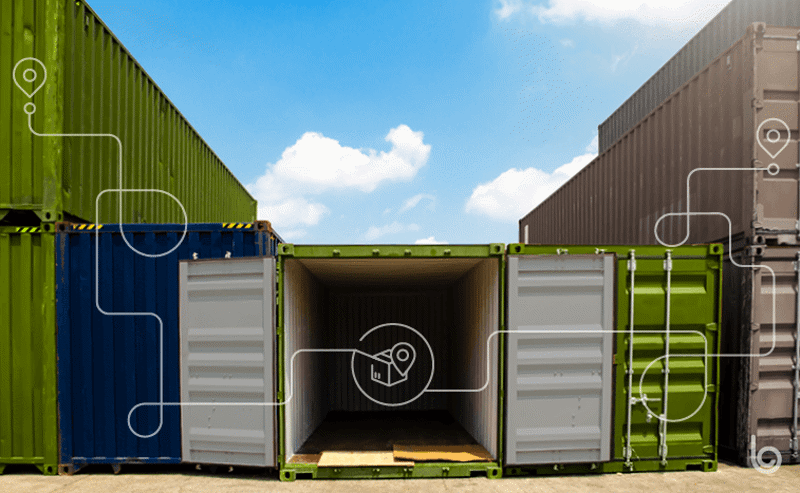In the supply chain, the saying “time is money” is particularly accurate. More than 100 million hours of time are wasted per year in procurement, supplier management and freight-administration functions equaling nearly $2 billion, according to a study by digital freight forwarder, Zencargo.
With capacity constraints, the transportation industry especially contributes to the waste and inflated prices in logistics and supply chain processes. In the United States alone, 15 to 25% of miles driven by carriers are empty, creating a waste of resources and added harm to the environment. In this next part of our series on supply chain’s biggest challenges, we will discuss how organizations can reduce waste and capacity constraints with technology-driven solutions.
How to Reduce Capacity Constraints and Optimize Carrier Miles
There are significant benefits to addressing waste within transportation. By reducing empty cargo trucks by even half, companies could cut freight truck emissions by 100 million tons per year and reduce expenditures on diesel fuel by more than $30 billion a year.
Through the use of predictive and prescriptive analytics, organizations can optimize their shipping routes to maximize driver time on the road, and recoup some of that priceless time. Predictive analytics give organizations real-time data, empowering them to determine where and when goods will arrive and consolidate shipments from multiple suppliers headed to several final destinations.
In addition, technology can help redirect the driver to pick up another shipment at a closer destination after a driver delivers cargo to its destination, rather than returning the empty container back to the port. Reducing empty miles maximizes the use of cargo space, saves mileage and gas costs, and increases driver productivity. In implementing this technology, organizations can reduce the impact on the environment while ensuring that every mile travelled by their drivers has a purpose.
Example of Reducing Capacity Constraints for Ocean Carriers
Another example in which technology can be used to address capacity constraints is through tackling the issue of repositioning empty containers, which costs the shipping industry $15-$20B a year — up to 8% of a shipping line’s operating costs.
With Blume Optimization, the entire inland transportation network is optimized through the use of AI and machine learning-driven technologies to determine the optimal container yield and assignment execution, reducing empty miles by 20 to 30%. In addition, at just one port, every 1% of import containers used for reloads saves 1,100 tons of CO2, the equivalent of 200 cars running for a year. By making these changes, supply chain organizations can avoid repositioning and storage costs, turn empty assets into a cost-saving opportunity of between $200-$400 per container.
To learn about a specific use case in which an asset owner utilized technology to improve load cycle time, read our customer story here.
At Blume Global, our mission and values center around purpose in the supply chain, with a focus on reducing waste and empty miles, and maximizing driver capacity. As an output of reducing waste, we are reducing the significant impact on the environment that comes from the transportation industry.
contact us
Contact Us

